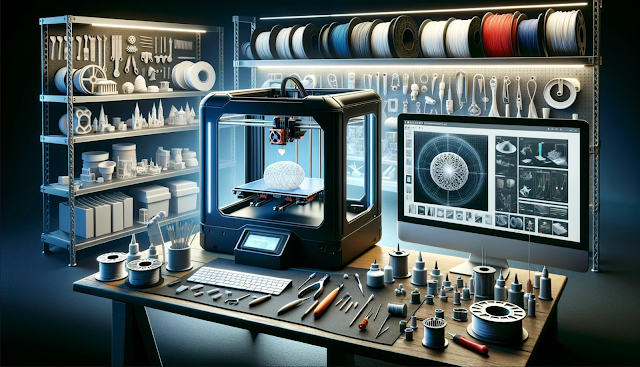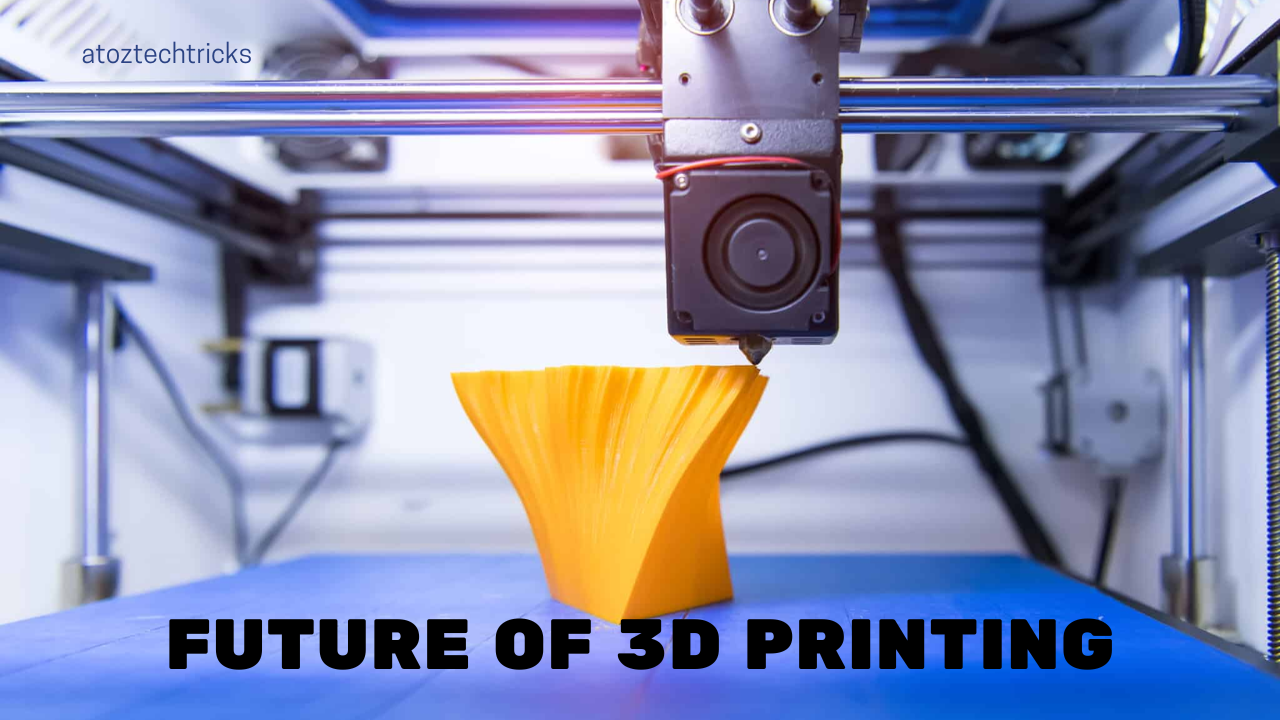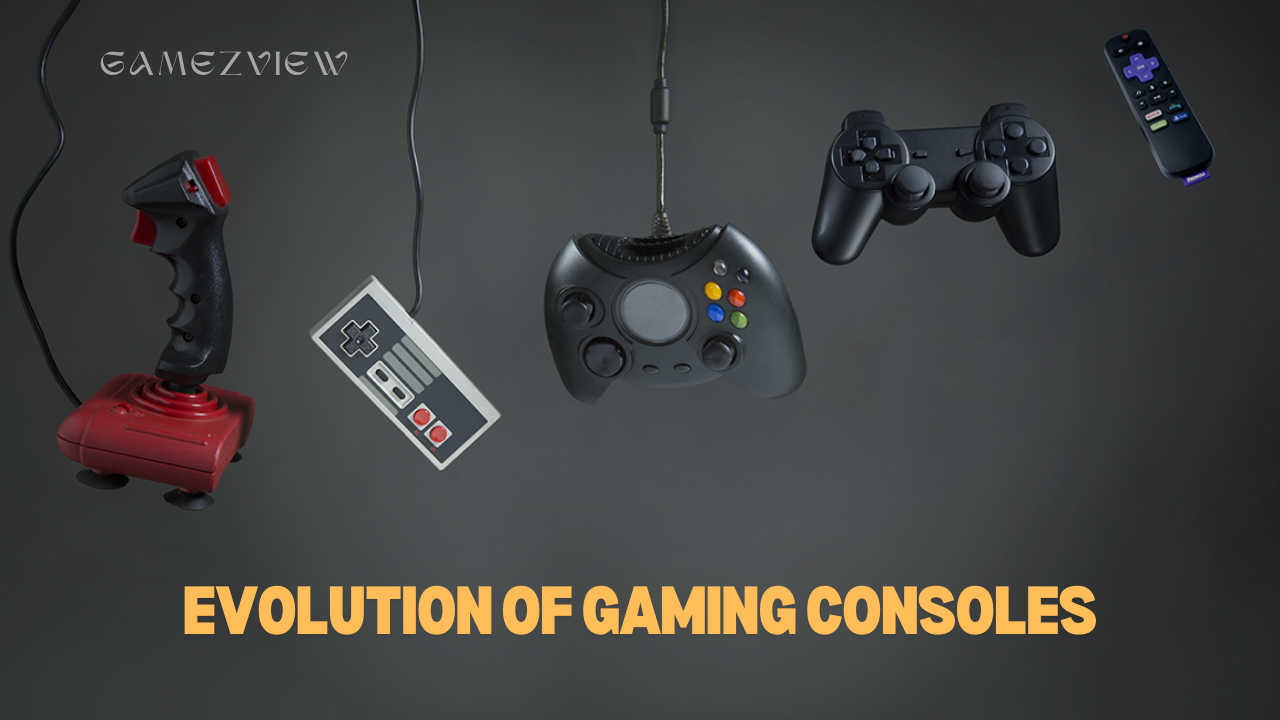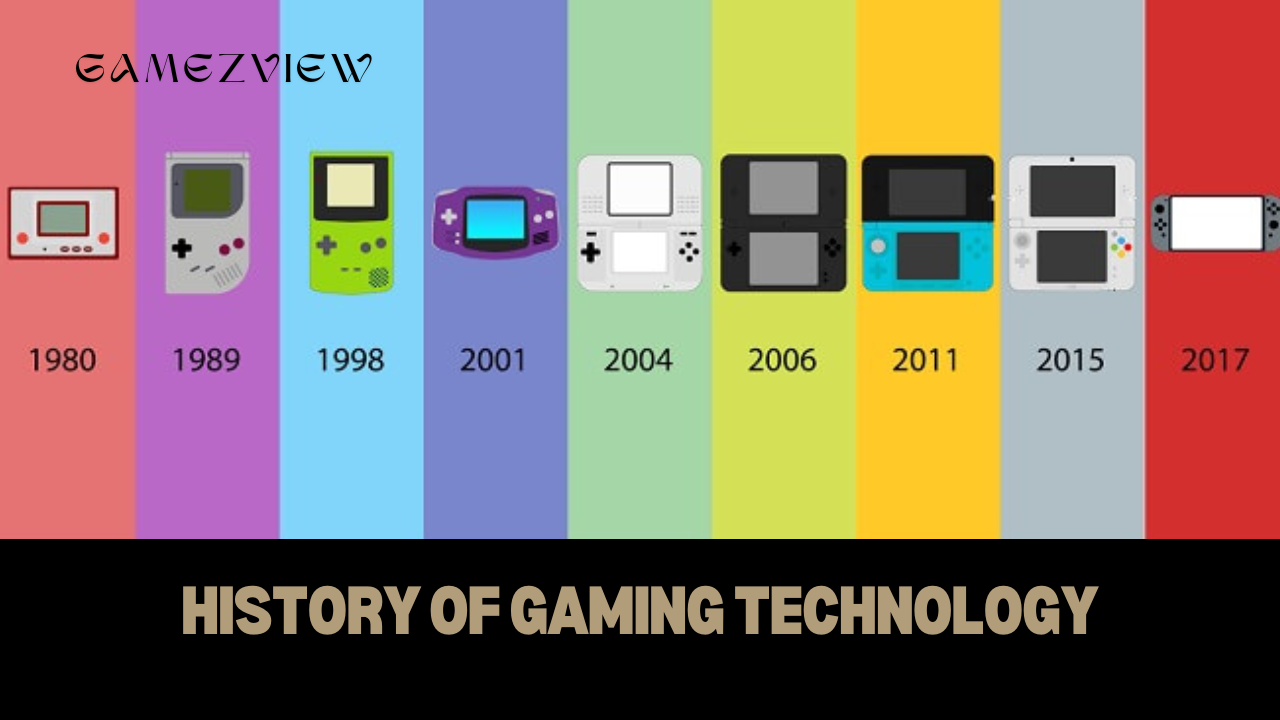3D printing, also known as additive manufacturing, has evolved from a niche technology to a transformative force across various industries. Its ability to create complex structures with unprecedented precision and efficiency has opened new possibilities in manufacturing, healthcare, aerospace, and beyond. As technology advances, its future looks promising, with innovations set to redefine what is possible. This article explores the future of 3D printing, focusing on the key innovations and potential applications that will shape industries and daily life.
The Evolution of 3D Printing
3D printing began in the 1980s as a process known as stereolithography, where layers of material were built up to create a physical object from a digital model. Initially, the technology was slow, expensive, and limited in the materials it could use. Over the years, however, advancements in hardware, software, and materials have significantly expanded the capabilities of 3D printing.
Today, 3D printers can work with various materials, including plastics, metals, ceramics, and even biological materials. The resolution and speed of printing have also improved, making it feasible for large-scale manufacturing. As 3D printing continues to evolve, the focus is shifting toward innovation in materials, processes, and applications.
Innovations in 3D Printing Technology
1. Multi-Material and Multi-Color Printing
One of the most significant advancements in 3D printing technology is the ability to print with multiple materials and colours in a single process. Traditional 3D printers were limited to a single material or colour, restricting the complexity and functionality of the printed objects. Multi-material 3D printers can combine different materials, such as hard and soft plastics or conductive and insulating materials, in a single print. This capability allows for the creation of more complex and functional prototypes and products.
For example, in the electronics industry, multi-material 3D printing can be used to create integrated circuits and sensors within a single device. In the medical field, it enables the printing of prosthetics that mimic the properties of human tissues, improving comfort and functionality for the user. The ability to print in multiple colours also enhances the aesthetic appeal of products, making 3D printing more attractive for consumer goods.
2. High-Speed 3D Printing
Speed has always been a limiting factor in 3D printing. However, recent innovations are addressing this challenge, enabling faster production without compromising quality. One such innovation is Continuous Liquid Interface Production (CLIP), developed by Carbon. CLIP uses a photochemical process to rapidly solidify liquid resin, creating objects up to 100 times faster than traditional 3D printing methods.
Another approach to high-speed 3D printing is Multi Jet Fusion (MJF) by HP, which uses a layer-by-layer process to apply fusing agents and heat to powdered material, producing parts with high precision and speed. As these technologies continue to mature, they will make 3D printing a viable option for large-scale manufacturing, reducing production times and costs.
3. Metal 3D Printing
Metal 3D printing, also known as additive manufacturing, has emerged as a game-changer in industries such as aerospace, automotive, and healthcare. Traditional metal manufacturing methods, such as casting and machining, are often time-consuming, wasteful, and limited in design flexibility. Metal 3D printing overcomes these limitations by allowing for the creation of complex geometries with minimal waste.
Selective Laser Melting (SLM) and Electron Beam Melting (EBM) are two common metal 3D printing techniques. These processes involve melting metal powder using a laser or electron beam, layer by layer, to build up a part. The result is a highly precise and durable metal component that can be customized to meet specific requirements.
The future of metal 3D printing lies in the development of new alloys and materials with enhanced properties, such as increased strength, heat resistance, and corrosion resistance. Additionally, advancements in post-processing techniques, such as heat treatment and surface finishing, will further improve the quality and performance of metal 3D-printed parts.
4. 4D Printing
While 3D printing has revolutionized manufacturing, 4D printing takes it a step further by introducing the dimension of time. 4D printing involves creating objects that can change shape or properties in response to external stimuli, such as temperature, humidity, or light. This innovation opens up new possibilities for creating smart materials and structures that can adapt to their environment.
For example, 4D printing could be used to create self-assembling structures for construction or responsive clothing that adapts to changing weather conditions. In the medical field, it could lead to the development of implants that change shape within the body to better fit the patient’s anatomy. While still in its early stages, 4D printing has the potential to revolutionize industries by enabling the creation of dynamic, adaptive products.
5. Sustainable 3D Printing
As environmental concerns grow, the need for sustainable manufacturing practices becomes increasingly important. 3D printing offers several advantages in this regard, including reduced material waste, lower energy consumption, and the ability to use recycled or biodegradable materials. Researchers are exploring new ways to make 3D printing even more sustainable, such as developing bio-based materials and closed-loop recycling systems.
One promising development is the use of algae-based filaments for 3D printing. Algae are a renewable resource that can be harvested and processed into a biodegradable material for printing. Additionally, advancements in recycling technologies are making it possible to recycle used 3D printed parts back into raw material, reducing the need for virgin resources.
Sustainable 3D printing also extends to the end of the product lifecycle. The ability to create on-demand, customized products reduces the need for mass production and excess inventory, leading to a more efficient and sustainable supply chain.

Applications of 3D Printing
1. Healthcare and Bioprinting
One of the most exciting applications of 3D printing is in the field of healthcare, particularly in the area of bioprinting. Bioprinting involves the use of 3D printing technology to create living tissues and organs using bioinks made from cells and biomaterials. This technology has the potential to revolutionize medicine by enabling the creation of custom implants, tissue grafts, and even entire organs.
For example, bioprinting has already been used to create skin grafts for burn victims, cartilage for joint repair, and blood vessels for cardiovascular surgeries. In the future, bioprinting could lead to the development of fully functional organs, such as kidneys or livers, that can be transplanted into patients, reducing the need for donor organs and eliminating the risk of organ rejection.
Beyond bioprinting, 3D printing is also being used to create personalized medical devices, such as prosthetics, dental implants, and hearing aids. These devices can be customized to fit the patient’s unique anatomy, improving comfort and functionality. Additionally, 3D printing is being used to create surgical models and guides, allowing surgeons to plan and practice complex procedures before operating on the patient.
2. Aerospace and Defense
The aerospace and defence industries have been early adopters of 3D printing, using the technology to create lightweight, high-performance components for aircraft, spacecraft, and military equipment. The ability to create complex geometries with minimal material waste makes 3D printing ideal for producing parts that need to be both strong and lightweight.
For example, GE Aviation has used 3D printing to create fuel nozzles for its LEAP jet engines. These nozzles are 25% lighter and five times more durable than those made using traditional manufacturing methods. Similarly, NASA has used 3D printing to create components for its spacecraft, such as rocket engine parts and satellite structures.
The future of 3D printing in aerospace and defence lies in the development of new materials and processes that can withstand the extreme conditions of space and combat. Researchers are exploring the use of advanced composites, such as carbon fibre-reinforced polymers, as well as high-temperature alloys that can endure the intense heat and pressure of rocket engines.
3. Construction and Architecture
3D printing is poised to revolutionize the construction and architecture industries by enabling the creation of complex, custom structures with unprecedented efficiency. Traditional construction methods are often time-consuming, labour-intensive, and limited in design flexibility. 3D printing overcomes these limitations by allowing for the rapid construction of buildings and infrastructure using automated processes.
One of the most notable examples of 3D printing in construction is the development of 3D-printed houses. Companies like ICON and Apis Cor have successfully printed entire homes using large-scale 3D printers that extrude concrete layer by layer. These homes can be built in a fraction of the time and cost of traditional construction methods, making them an attractive option for affordable housing and disaster relief.

In addition to residential construction, 3D printing is also being used to create architectural models, complex facades, and customized interior elements. The ability to create intricate designs with minimal material waste allows architects to push the boundaries of creativity and sustainability in their projects.
The future of 3D printing in construction and architecture will likely see the development of new materials, such as self-healing concrete and carbon-reinforced composites, that enhance the durability and performance of printed structures. Additionally, advancements in automation and robotics will further streamline the construction process, enabling the rapid and cost-effective construction of large-scale infrastructure projects.
4. Automotive Industry
The automotive industry is another sector that stands to benefit significantly from 3D printing technology. Automakers are using 3D printing to create prototypes, tooling, and even end-use parts for vehicles. The ability to rapidly produce and test new designs allows for faster innovation and reduces the time and cost of bringing new models to market.
One of the most exciting developments in automotive 3D printing is the creation of fully 3D-printed cars. Companies like Local Motors have developed vehicles with chassis, body panels, and interior components that are all 3D printed. These vehicles are not only lighter and more fuel-efficient but also highly customizable, allowing customers to design and order a car tailored to their specific preferences.
In the future, 3D printing could enable the production of entire vehicles on demand, reducing the need for large manufacturing plants and excess inventory. Additionally, the development of new materials, such as lightweight composites and metal alloys, will further improve the performance and sustainability of 3D-printed automotive parts.
5. Consumer Goods and Retail
3D printing is also making its mark on the consumer goods and retail industries by enabling the creation of customized products on demand. Traditional mass production methods are often limited in their ability to offer customization, leading to a one-size-fits-all approach. 3D printing, on the other hand, allows for the production of unique, personalized products tailored to individual preferences.
For example, companies like Nike and Adidas are using 3D printing to create custom-fit shoes that conform to the wearer’s foot shape and size. Similarly, eyewear companies are using 3D printing to create frames that are customized to fit the customer’s face. This level of personalization enhances the customer experience and allows brands to differentiate themselves in a competitive market.
In the retail industry, 3D printing is being used to create on-demand products, such as jewellery, home decor, and electronics accessories. The ability to produce items locally and on-demand reduces the need for large inventories and minimizes the environmental impact of transportation and waste.
The future of 3D printing in consumer goods and retail will likely see the development of new materials, such as flexible plastics and biodegradable composites, that enhance the functionality and sustainability of printed products. Additionally, advancements in 3D printing technology will make it more accessible to consumers, enabling them to create and customize products from the comfort of their homes.
The future of 3D printing is bright, with innovations in materials, processes, and applications set to transform industries and daily life. From healthcare and aerospace to construction and consumer goods, 3D printing offers unparalleled opportunities for customization, efficiency, and sustainability. As technology continues to evolve, it will play a crucial role in shaping the future of manufacturing and product development.

As we look to the future, it is clear that 3D printing will continue to push the boundaries of what is possible, enabling the creation of complex, functional, and sustainable products that were once thought impossible. Whether it is through the development of new materials, the advancement of printing processes, or the exploration of new applications, the potential of 3D printing is limitless, and its impact on the world will be profound.



